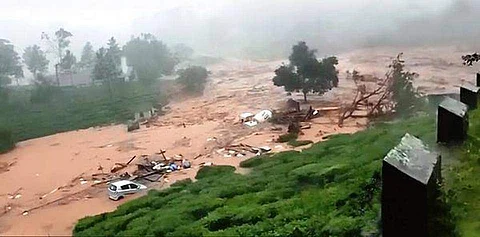The massive costs of disaster
This year too, monsoon rainfall has paralysed several cities and financial centres across India. Now, it’s a pattern that repeats every year—schools, offices, and business are forced to shut down, property worth lakhs and crores are washed away, and, most importantly, lives are lost by the hundreds. Disaster mitigation efforts have had very little impact on the big picture.
According to a recent report published by a UN agency, annual economic losses due to disasters in the Asia Pacific region are worth a whopping $675 billion. This is 2.4% of the region’s economic output. Between 1970 and 2018, the region lost a massive $1.5 trillion to disasters—mostly to floods, storms, droughts, and earthquakes. In terms of human lives lost, too, Asia Pacific stands at a dangerously high level. As per the report, natural disasters have killed 2 million people in the region since 1970. This is 59% of the global death toll due to disasters in the same period.
Disasters that killed in large numbers were earthquakes and storms, followed by floods. Among the Asia Pacific nations, India has the second-highest average annual loss due to floods, at 13%. Interestingly, the report has specifically mentioned about the Kerala floods of last and this year. It said the damage caused to Kerala by floods was a direct impact of the degradation of ecosystem in the state. Almost the entire state is a drainage system for run-off water from the Western Ghats, where a dense network of rivers link the hills to the Arabian Sea.
The report said the stability of the hilly regions had been affected by a slew of construction projects, deforestation, and excessive quarrying. This is also why parts of Karnataka have been affected by severe flooding in recent times. If policymakers do not step up efforts to avoid disasters before they happen, it could also derail India’s poverty reduction programmes. The study estimates that India can achieve a substantial 86% reduction in extreme poverty rates by 2030 without any disasters taking place. However, unmitigated disasters can bring down that number drastically to 65%.

